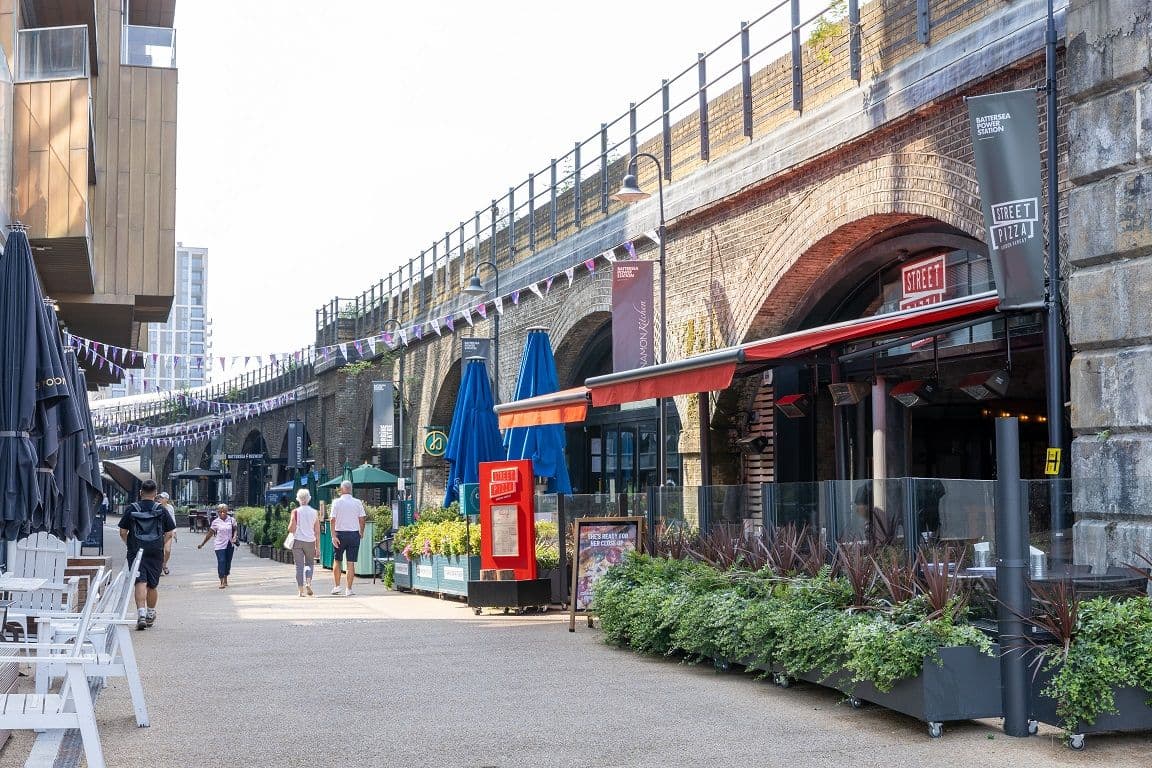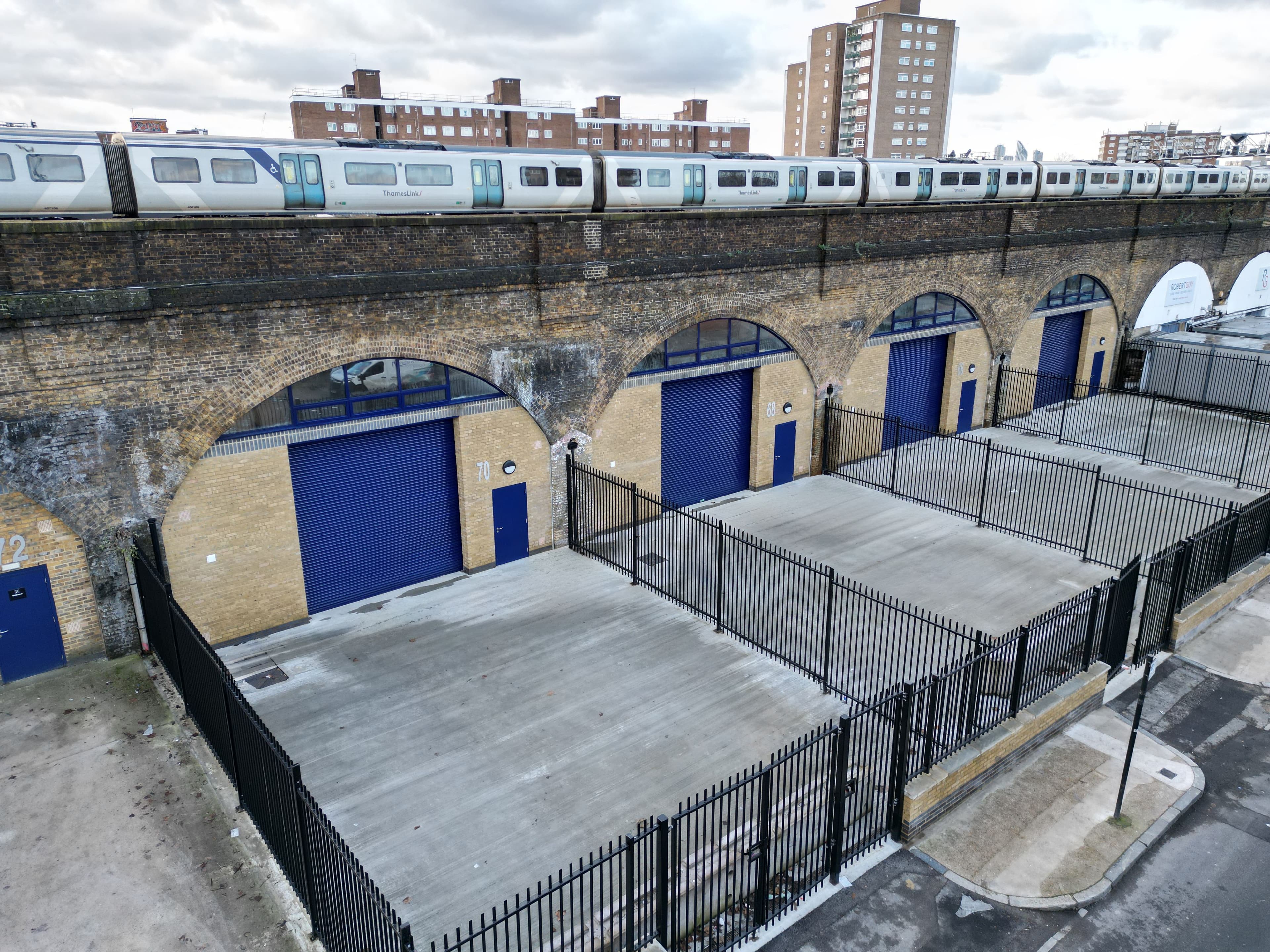Why Moving Your Small Business Closer to Your Customers Could Be a Great Idea
11th September, 2025

If you’re a small business owner thinking about relocating, moving closer to your customers can be one of the smartest decisions you make.
Choosing the right commercial premises near your target market can improve customer access, reduce costs, and boost your business growth. No matter what sector you’re in - retail, industrial, hospitality, or creative - being near your customers and offers many benefits.
In this article, we’ll explain why relocating closer to your customers is worth considering and what to keep in mind when planning your move.
Save money on transport costs by moving closer to customers
One of the biggest advantages of moving your small business closer to your customers is cutting down on transport costs. Whether you deliver products or your customers visit your premises, being nearby reduces fuel bills, delivery times, and vehicle wear and tear. For retail shops, industrial businesses, and hospitality venues alike, saving on transport can improve your bottom line.
Improve staff convenience and customer access with a better location
Choosing a commercial premises closer to where your staff and customers live makes daily travel easier and less stressful. This can lead to better staff punctuality and happier customers who find it easier to visit your business. Whether you run a café, workshop, or creative studio, a convenient location helps build loyalty and repeat business.

Consider your small business type when choosing a new location
- Retail businesses: aim for busy shopping streets or areas with high footfall to attract more customers and increase sales.
- Industrial businesses: look for premises near suppliers, transport hubs, or clients to reduce delivery times and costs.
- Hospitality businesses: restaurants, cafés, and pubs do well near offices, residential areas, or social hotspots where people gather.
- Creative businesses: studios and agencies benefit from being in creative hubs or areas with other similar businesses, encouraging collaboration and networking.

Key factors to think about before moving your small business
Before relocating, consider these important points:
- How close your current and potential customers are to the new premises.
- Whether your staff will find the new location easy to reach.
- The cost of rent, utilities, and running expenses compared to your current site.
- How the move might affect your daily operations and customer experience.
Final thoughts on moving your small business closer to customers
Relocating your small business closer to your customers is more than just changing your address - it’s a strategic move to save money, improve access, and grow your business. Whether you run a retail shop, industrial unit, hospitality venue, or creative studio, the right location can make all the difference.
If you’re considering moving, take time to research locations that put you closer to your customers and staff. This simple change could be the key to unlocking new opportunities and long-term success for your small business.
At The Arch Company, we offer a wide range of railway arch spaces across the UK that are designed to support modern businesses. Whether you're focused on logistics, fulfilment, growth or simply gaining a more efficient base closer to your customers, we can help you find a unit that aligns with your goals.
Explore our available spaces today and take the next step in building a smarter, stronger supply chain.
Check out our related blog: Preparing your property for business